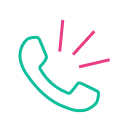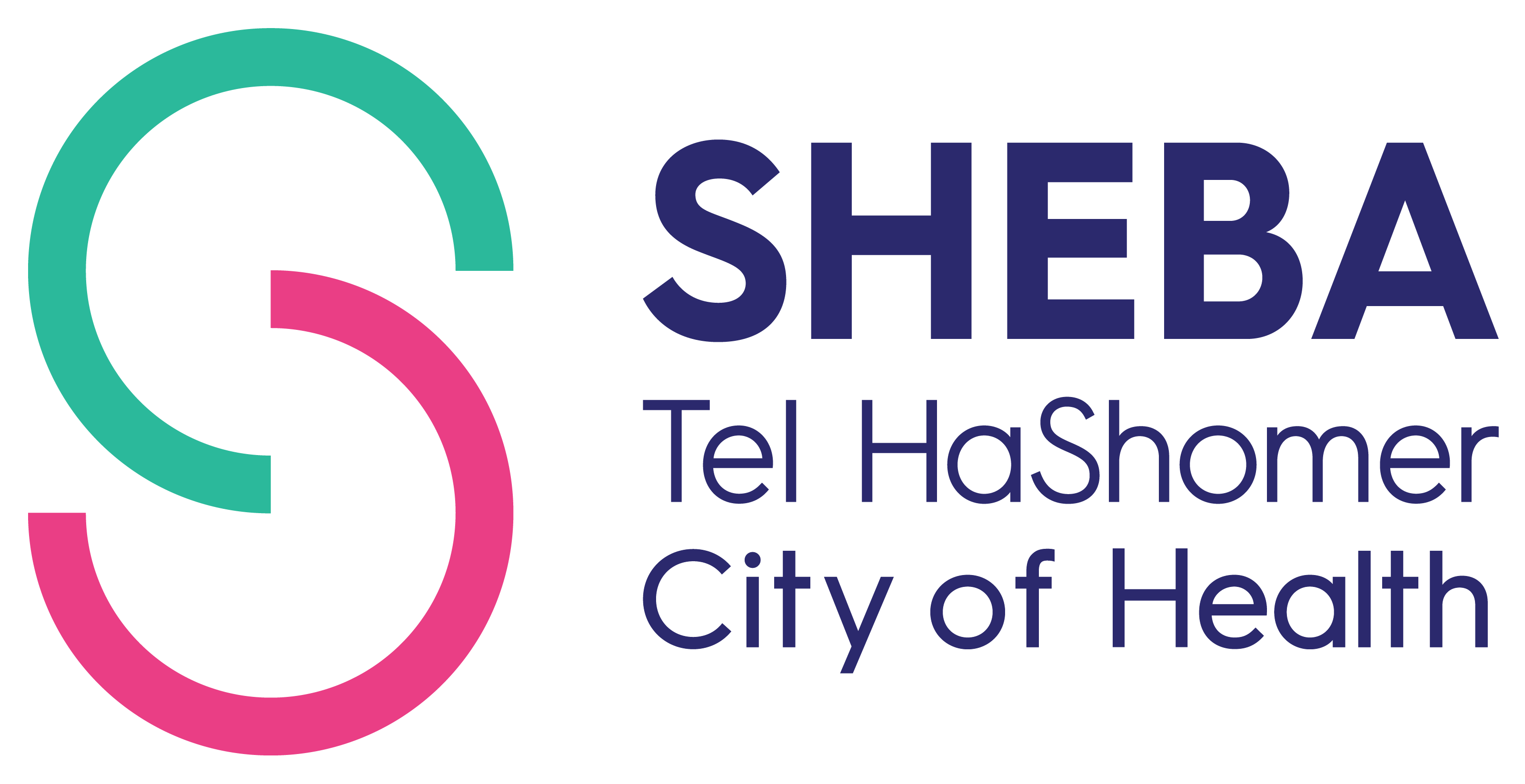Sedation Service
Responsible Doctor: Dr. Evyatar Hubara
Anesthesia and Sedation Coordinator Nurse: Yael Alfandari Mani
Sedation Nurses Team: Maya Oz-Ari,
Dana Shlomi-Abraham, Noit Levy-Sorch
Contact:
Sedation refers to the process of inducing relaxation or dulling sensations using medication, for the purpose of conducting medical examinations while reducing discomfort, anxiety, or pain.
There are different levels of sedation - in mild sedation, the child will fall asleep with the help of syrup or be lightly sedated with laughing gas, while in moderate to deep sedation, the child receives medication intravenously and sleeps deeply.
The sedation team at the Safra’s Children Hospital comprises experienced doctors and highly trained nurses who specialize in delivering sedation care. The hospital has a unique service of nurses licensed to sedate children, who perform mild sedation at the Hearing, Speech & Language Center, at the Nuclear Medicine Institute and at the Pediatric Imaging Institute.
What is the purpose of sedation?
The sedation service was set up as part of the implementation of the "hospital without pain" concept. Our aim is to carry out tests and procedures in a way that minimizes any pain or discomfort for the child, while ensuring maximum safety.
Where are sedation procedures performed in the hospital?
Sedation procedures are carried out in the various departments, in clinics or in a special room designed for this purpose - The Frog room.
Which procedures are performed under sedation?
Lumbar puncture
Stitching wounds and giving injections
Infusion performed under local anesthesia
Bladder catheterization tests (cystography) and diagnostic operations by the Pediatric Imaging team
Hearing tests / auditory brainstem response (ABR) at the Hearing, Speech & Language Center
Mappings at the Nuclear Medicine Institute
Therapeutic procedures at the Pediatric Hemato-Oncology Institute
Removal of skin lesions
EMG tests
What do you need to bring on the day of the test?
A commitment form (Form 17) from the health fund for examination and anesthesia purposes.
Identification
Relevant medical documents
Blood tests - for those who have been advised to take them.
Change of clothes, diapers, and a stroller for babies
Food and drink upon waking up
Reasons for postponing a sedation test
Having a fever or any other ongoing illness
Significant cold and/or cough
When will you return to your usual state?
The awakening process is individual and differs among children, sometimes depending on the duration of the operation. The child will be discharged under adult supervision, approximately an hour after they are fully awake. The reaction will vary based on the age of the child, and it is possible for them to consume fluids.
The child might still feel tired and prone to falling during the day, so it's advisable to wait until the next day before resuming any activity routine.









